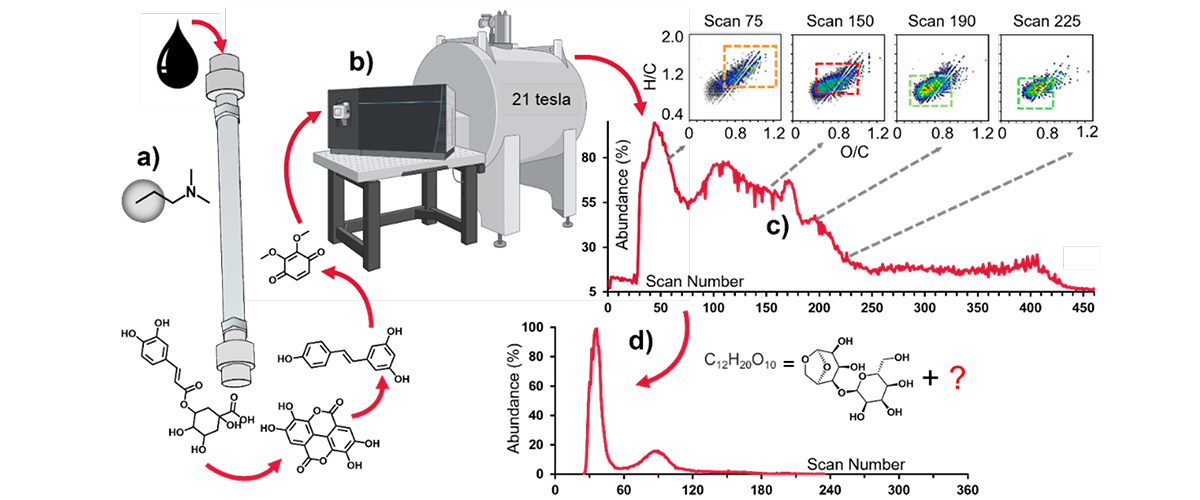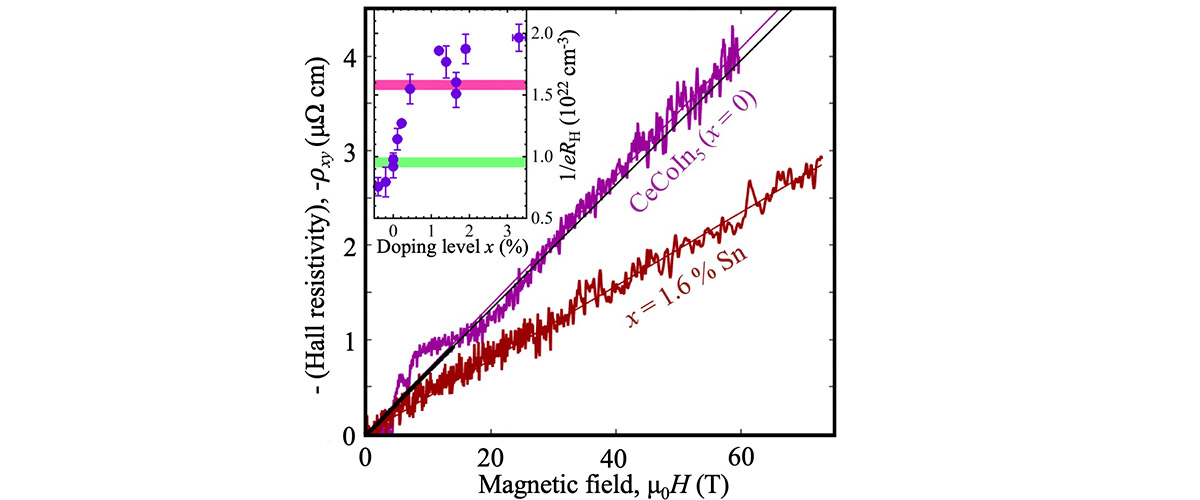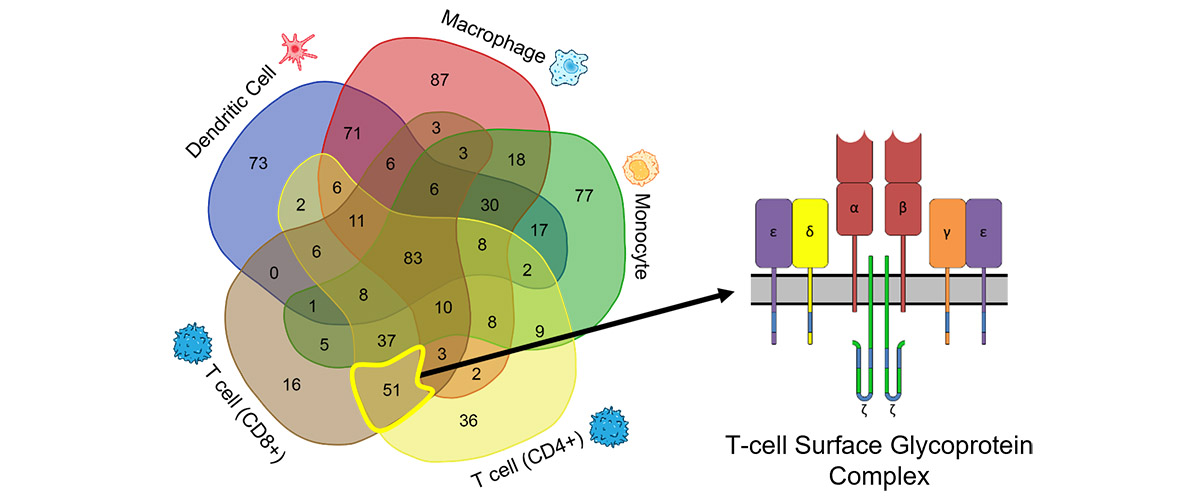What is the finding
Using a custom chemical separation process, scientists were able to isolate and detect nearly twice as many molecules in renewable bio-oils compared to traditional techniques. This novel approach revealed previously hidden isomers - molecules with the same numbers and types of atoms, but arranged in different structures –that are not invisible using conventional techniques.
Why is this important?
Bio-oils made from plant waste like wood scraps could be used for fuels or starting materials for chemical production. However, these bio-oils are complex, containing thousands of complex oxygen molecules that are difficult to characterize using standard tools. This breakthrough offers researchers a clearer and more complete chemical picture of bio-oils that can help researchers improve bio-oils for future uses in fuels, industrial chemicals, or energy storage.
Who did the research?
Chacón-Patiño, M. L.1; Frye-Jones, J. W.1; Anderson, L. C.1; Robbins, W. K.1; Vallverdu, G. S.2; Tello-Rodríguez, Á. J.1; Ruiz, W.; Gascon, G.2; Rüger, C. P.3; Dayton, D. C.4; Giusti, P.5; Barrière-Mangote, C.5; Afonso, C.6; Bouyssiere, B.5; Rodgers, R. P.1
1National MagLab. 2University of Pau. 3Universität Rostock. 4RTI International. 5TotalEnergies. 6Université de Rouen
Why did they need the MagLab?
The MagLab’s powerful 21-tesla mass spectrometer was key to this work because it is one of the only tools in the world with the resolution and sensitivity needed to analyze complex bio-oils as separation occurs. During the separation process, the instrument collects hundreds of detailed spectra, each representing a different group of molecules. Observing when a single molecular formula appears at multiple points during the separation, scientists can identify structural isomers. This level of chemical insight is not possible with standard instruments.
Details for scientists
- View or download the expert-level Science Highlight, New Separation Method Reveals Thousands of Hidden Compounds in Renewable Bio-Oils
- Read the full-length publication, Detailed Molecular Composition of Wood Pyrolysis Bio-Oils Revealed by HPLC-FT-ICR MS, in Energy & Fuels Data Set
Funding
This research was funded by the following grants: K. M. Amm (NSF DMR-2128556).
For more information, contact Kristina Hakansson.






